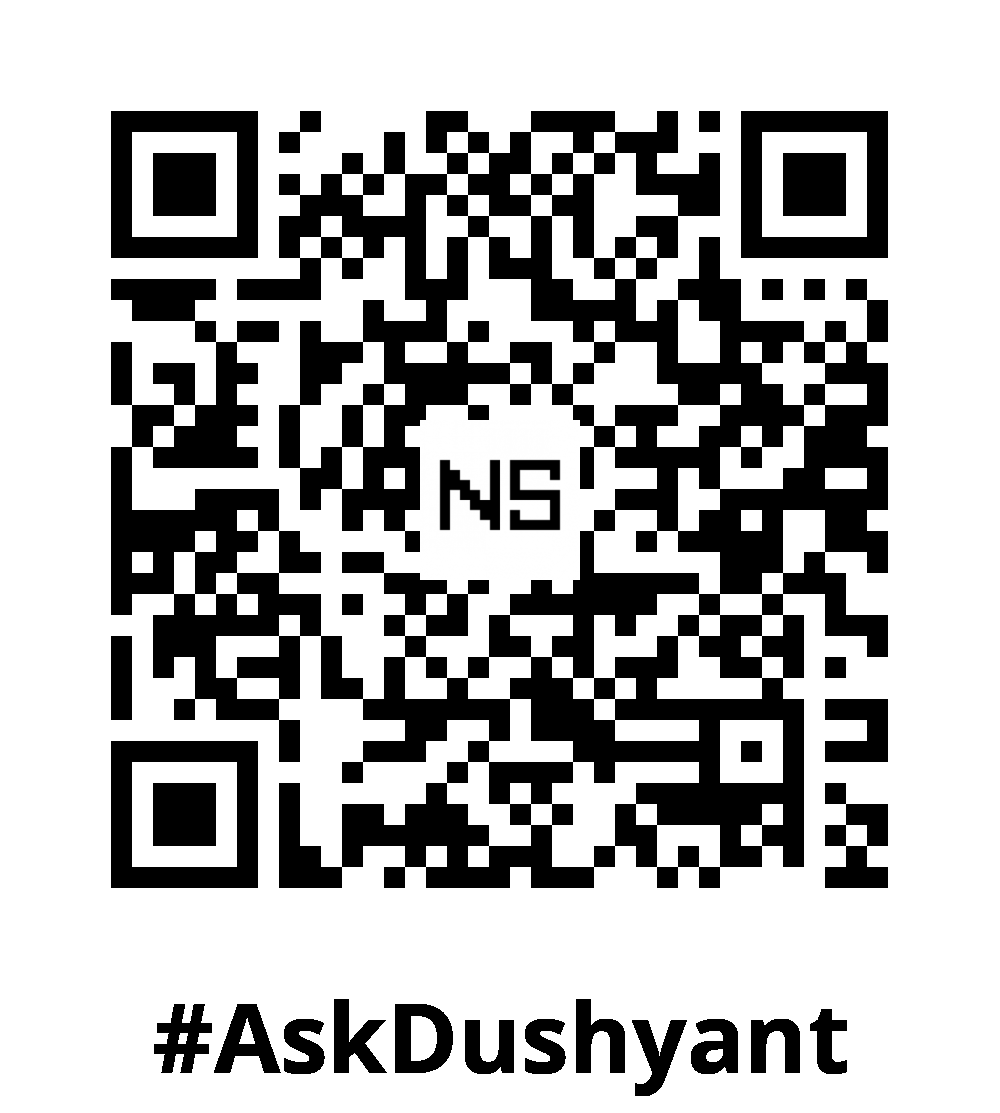Modern applications rely heavily on web services, making their high availability and performance non-negotiable. With over 18 years of experience in tech solution building, I know: monitoring and debugging are crucial practices to detect issues, optimize performance, and elevate user experience. In this TechConcept, we discuss the importance of monitoring web services, outline best practices for logging, tracing, and error tracking, and recommend tools for effective monitoring and debugging.
Why Monitoring Web Services is Crucial
Identifying issues in web services on servers can be challenging due to the complexity of distributed systems and the vast number of interactions between services. Errors may not always surface immediately, and performance bottlenecks can be difficult to trace without clear visibility into how services communicate. By tracking key performance metrics, monitoring helps diagnose issues, optimize resources, and maintain smooth service operation. Monitoring web services allows organizations to:
- Identify Performance Issues: Quickly detect slow response times or downtime before users experience problems.
- Ensure Reliability: Maintain uptime and reliability by proactively addressing issues.
- Improve User Experience: Monitor user interactions and behaviors to enhance features and functionalities.
- Facilitate Debugging: Utilize logs and metrics to diagnose problems effectively.
Best Practices for Monitoring and Debugging
1. Implement Effective Logging
Importance: Logging creates a historical record of events, errors, and system behavior, making it easier to diagnose issues later.
Best Practices:
- Structured Logging: Use structured logging formats (e.g., JSON) for better readability and parsing.
- Contextual Information: Include timestamps, log levels (INFO, WARN, ERROR), and relevant contextual information (e.g., user IDs).
- Log Significant Events: Record key events, such as user actions and system changes.
Example Pseudocode for Logging:
1. Import logging library.
2. Configure logging settings:
- Set log level (DEBUG, INFO, ERROR).
- Define log file path.
3. Create log function:
function log_event(level, message, context):
log_entry = {
"timestamp": current_time(),
"level": level,
"message": message,
"context": context
}
write_to_log_file(log_entry)
4. Use log function in code:
log_event("INFO", "User logged in", {"user_id": user_id})2. Utilize Tracing
Importance: Tracing helps you track requests through various components of your application, providing insights into performance bottlenecks.
Best Practices:
- Distributed Tracing: Implement distributed tracing to visualize request flow across microservices.
- Trace Correlation: Use trace IDs to correlate logs and traces for easier debugging.
Example Pseudocode for Tracing:
1. Import tracing library.
2. Generate a unique trace ID for each request.
3. Create tracing function:
function trace_request(trace_id, service_name):
start_time = current_time()
# Process request
log_event("TRACE", "Request started", {"trace_id": trace_id, "service": service_name})
# Execute service logic
result = execute_service_logic()
elapsed_time = current_time() - start_time
log_event("TRACE", "Request completed", {"trace_id": trace_id, "duration": elapsed_time})
return result
4. Use trace function in your application:
response = trace_request(trace_id, "UserService")3. Implement Error Tracking
Importance: Error tracking allows you to monitor, prioritize, and address application errors effectively.
Best Practices:
- Set Up Alerts: Establish alerts for critical errors to facilitate quick responses.
- Categorize Errors: Prioritize fixes by categorizing errors based on severity.
- Maintain a Central Repository: Keep a central repository of errors for analysis and reporting.
Example Pseudocode for Error Tracking:
1. Import error tracking library.
2. Create error handling function:
function handle_error(error):
log_event("ERROR", error.message, {"stack_trace": error.stack_trace})
send_alert_to_developer(error)
3. Use error handling function in code:
try:
process_request()
catch Exception as e:
handle_error(e)Recommended Tools for Monitoring and Debugging
1. Prometheus
Use Case: Prometheus is an open-source monitoring tool designed for reliability and scalability. It collects and stores metrics as time series data, enabling you to query and visualize application performance.
Example Integration:
- Configure Prometheus to scrape metrics from your application at specified intervals.
- Use Grafana to visualize metrics and create dashboards for real-time monitoring.
2. ELK Stack (Elasticsearch, Logstash, Kibana)
Use Case: The ELK stack is a powerful set of tools for logging and analytics. Use it to aggregate logs from multiple sources, analyze them, and visualize patterns.
Example Integration:
- Utilize Logstash to collect and parse logs, sending them to Elasticsearch for storage.
- Use Kibana to create visualizations and dashboards for comprehensive log analysis.
3. Sentry
Use Case: Sentry is an error tracking tool that helps developers monitor and fix crashes in real time. It captures detailed error reports, including stack traces and user context.
Example Integration:
- Integrate Sentry into your application to automatically capture unhandled exceptions.
- Review Sentry’s dashboard for error reports and actionable insights.
My TechAdvice: Monitoring and debugging are more critical components of web service development, As pinpointing issues at the development level is notoriously challenging. By implementing best practices for logging, tracing, and error tracking, you can enhance the reliability and performance of your applications. Leveraging tools like Prometheus, the ELK stack, and Sentry allows you to monitor system health, identify issues early, and optimize user experiences. Start adopting these practices and tools today to build resilient web services that meet user expectations.
#AskDushyant
#TechConcept #TechAdvice #Monitoring #ErrorHandling


Leave a Reply